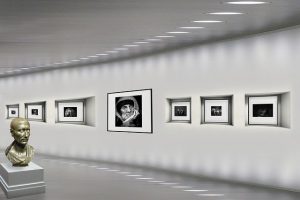An introduction to art theories
A lot of theories of art have advanced to capture the variety of opinions and ideas about what art is and what it should do. Some artists have used the services of web developers or web services such as https://www.4kwork.com in order to promote their artworks and be seen all around the world.
Art theory: formalism

Formalism instructs that art is good if it makes active use of the principles of design and the elements of art. An artist in this theory will focus especially on how a work of art looks based on the formal criteria – texture, color, line, and shape. Any social or historical context and the story told behind the work of art has no bearing on whether it is considered successful. What matters most is the composition.
Art theory: mimesis
According to the mimesis, works of art are best when they imitate life. You probably experienced how realistic a work of art can be – so realistic that you could almost mistake it for the original. These pieces are valued from the point of view of mimesis. The more realistic, the better. The culmination of this perception is hyperrealism, the increase in photorealism.
In Vermeer’s “Maid with a Milk Jug”, you see the creamy milk that comes out of the jug. It is easy to imagine how it splashes onto the bottom of the container. The texture of the baskets and the woman’s clothes look real enough to touch. Mimetic works of art are immediately recognizable through their devotion to reality.
Art theory: emotionalism
The theory of emotionality focuses on the expressive properties of a work of art. Communication between the work of art and the viewer is crucial. An artist has created a good piece if the art is able to deliver emotion to the audience. Emotionalism is unique among art theories because it doesn’t care how an observer is attracted. Different components of a work of art can captivate different viewers, but all that matters is that the artist has been able to evoke a mood or idea regardless of the composition, context, or narrative.



